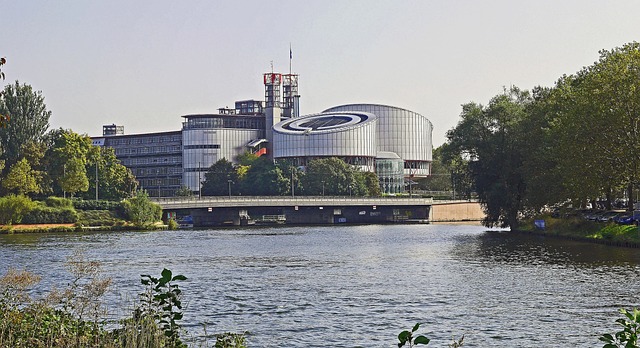
The Council of Europe is an organisation dedicated to promoting and protecting human rights in Europe. Since its foundation in 1949, the Council of Europe has developed into an important institution, which today consists of 47 member states. This article takes a closer look at the Council of Europe’s tasks and explains them.
The functioning of the Council of Europe
The Council of Europe is an international organisation dedicated to protecting human rights in Europe. It was founded in 1949 and is now the largest human rights organisation in the world. The Council of Europe promotes respect for human rights and fundamental freedoms and works to ensure that they are respected and protected in all member states. The Council of Europe consists of 47 member states, the so-called “Council of Europe States”. Each member state sends delegates to the Council, the Council of Europe’s highest decision-making body. These delegates are sent by their respective governments and form the “Parliamentary Assembly of the Council of Europe” (PVE). The PVE meets twice a year and participates in the work of the Council of Europe. The Council of Europe promotes respect for human rights in Europe. It monitors the observance of human rights in member states and publicly condemns violations. The Council of Europe promotes respect for human rights through education and information campaigns and research projects. The Council of Europe works closely with other international organisations to protect human rights worldwide. It maintains close relations with the United Nations (UN) and the Organisation for Security and Cooperation in Europe (OSCE). It takes a three-pronged approach to the protection of minorities. Education, research and consultation.
Awareness-raising
The Council of Europe carries out educational work on its topics throughout Europe. To this end, it organises seminars, conferences and exhibitions. In its publications, it also regularly provides information on current developments in its fields of work.
Research
The Council of Europe promotes research on human rights, democracy and the protection of minorities. To this end, it has established its own research institute, the European Centre for Minority Issues (ECMI), as well as several scholarship programmes.
Advice
The Council of Europe advises governments, NGOs and other interested parties on human rights protection, democratic development and the protection of minorities. It also provides technical assistance on the implementation of international standards in these areas.
Council of Europe memberships
The Council of Europe is an organisation consisting of 47 member states. Each of these countries has a House of Representatives and a Senate, both of which are represented in the Council of Europe. Council of Europe memberships are binding on countries and are only granted at the request of a country or by decision of the European Council. The Council of Europe has various tasks, including the promotion of human rights, democracy and the principles of the rule of law. It also works to promote economic and social cooperation between its member states. The 47 member states are: Albania, Andorra, Armenia, Azerbaijan, Belgium, Bosnia and Herzegovina, Bulgaria, Croatia, Denmark, Estonia, Finland, France, Georgia, Germany, Greece, Iceland, Ireland, Italy, Kazakhstan, Latvia, Liechtenstein, Lithuania, Luxembourg, Malta, Moldova, Austria, Belarus, Monaco, Montenegro, Netherlands, Norway, Poland, Portugal, Romania, Russia, San Marino, Serbia, Slovakia, Slovenia, Spain, Sweden, Switzerland, Turkey, Turkmenistan, Ukraine and United Kingdom. The Council of Europe is based in Strasbourg and was founded in 1949 as the successor organisation to the second League of Nations. The Council of Europe’s mission is, among other things, to protect human rights and promote democracy. The Council of Europe also promotes cultural diversity in Europe and awards the Prix de l’Europe every year.
History of the Council of Europe
The Council of Europe was founded in Strasbourg on 5 May 1949. The aim of the organisation was to unite the European states after the Second World War and to prevent war between them. The Council of Europe is the oldest political international organisation and consists of 47 member states. Each country has one vote in the Council of Europe. The main bodies of the Council of Europe are the Committee of Ministers, the Parliamentary Assembly and the Congresses of Regions and Local Authorities. The Council of the European Union (EU) is not a member of the Council of Europe, but may participate in its work. The Council of Europe’s tasks are to promote human rights, democracy and the rule of law, and to cooperate in the fields of culture, education, health, the environment and the economy. In its history, the Council of Europe has awarded the Nobel Prizes for Peace and Literature several times.
Conclusion – Future of the Council of Europe
The Council of Europe is an organisation dedicated to promoting human rights, democracy and the rule of law. It is also committed to preserving cultural diversity in Europe. This makes it an important player in European politics. In recent years, however, the Council of Europe has found itself in a difficult position. Many member states have refused to support the organisation financially. This has led to the Council of Europe being financially strapped. In the coming years, it will therefore be crucial to see whether the Council of Europe is able to solve its financial problems and maintain its position as an important organisation in Europe.